Fair fa’ your honest, sonsie face,
Great chieftain o’ the pudding-race!
January is haggis eating month.
‘Tis the month we celebrate the World’s greatest working class poet, Rabbie Burns, by heading into the hills with a blunderbuss to seek out a creature so rare it’s hardly been seen alive and yet you’ll find rows of deid ones lined up in butcher shops across Scotland.
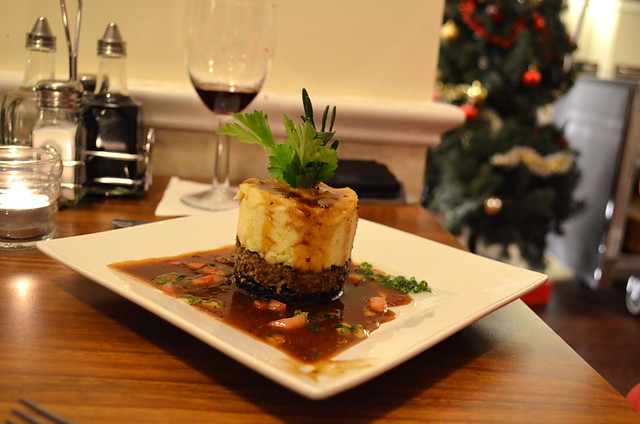
Classically, haggis is accompanied by neeps and tatties (mashed turnips and potatoes). In posher restaurants this trio is often served as a mini tower. It can also form part of a hearty fried breakfast in Scotland. These days it turns up in a variety of other formats as well. In a bakery in a Yorkshire village recently I had a haggis sausage roll, a real treat.
It is, however, a much maligned food; treated with suspicion by people who prefer not to think about where the meat they eat actually comes from. Online, Americans especially are used to show suitably ‘eeuw’ reactions when faced with a dish which traditionally consists of a blend of sheep’s heart, lungs and liver mixed with onions, oats, suet and spices which is then encased in a sheep’s stomach.
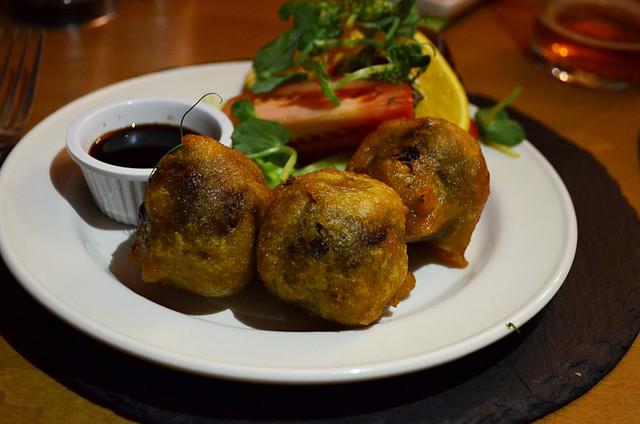
A Google search came up with a host of articles about people (mostly Americans) cautiously trying haggis… and then liking it. Of course they do, haggis is a taste-bud pleaser.
However, although they inhabit the same chunk of not very big land as us Scots, the English are not much better than our friends across the Atlantic when it comes to trying haggis. There are still plenty who think it really is an animal, and even more who’ll do the whole face screwing up thing at the idea of eating something which is mostly offal. I lived in England for 17 years and it was rare whenever haggis came up as a subject that anyone reacted with a “haggis… love it”.
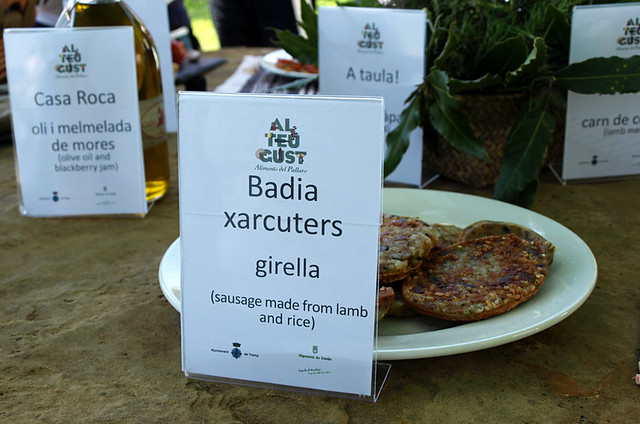
Europeans on the other side of the English Channel aren’t quite so squeamish about such things. There’s an honesty to dishes like haggis; a good down to earth, working class approach to food where you can’t afford to leave any part of an animal unused.
I’ve eaten sausage-type patties in Catalunya which were a close cousin of the haggis, and countless varieties of blood sausage in Spain, Portugal and other countries. In Minho recently we ate a delicious dish called sarrabulho; the English translation of which is pigs’ blood rice.
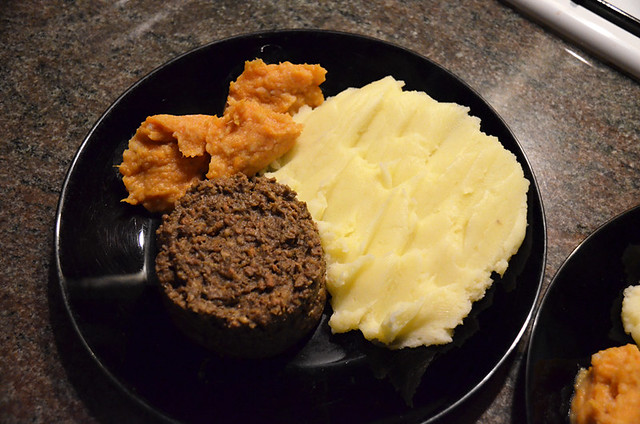
I often enjoy these dishes more than a slab of meat slapped on a plate because there’s an inventiveness about some peasant dishes which reminds me of vegetarian cooking. Comparing a dish made from animal bits with vegetarianism might seem a bit bizarre, tasteless even. But hear me out.
My favourite vegetarian meals tend to involve a creative use of ingredients, including herbs and spices, to boost flavours, resulting in dishes which are often more interesting than their meaty counterparts. Haggis is particularly delicious because of the blend of ingredients, including savoury spices, which makes it so tasty. It might have been an essential favourite in cash-strapped bothies but it’s a far more complex dish than your typical meat and two veg offerings.
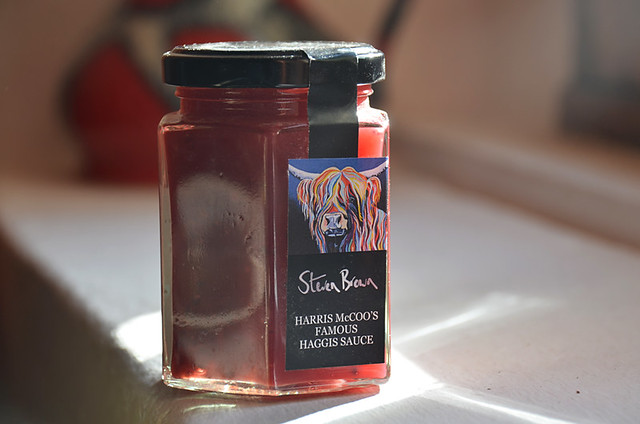
One haggis-eating account I read stated this: “it’s pretty good: hearty, spicy, and peppery. But every time I bite into a crunchy bit, I can’t help wondering: is that the heart or the lungs?”
And therein lies the problem. The big issue people really have with haggis is in their minds, the words ‘lungs’,’heart’, ‘offal’ doing their best to negatively influence taste-buds before the poor wee haggis ever gets personally introduced to them. The ‘it doesn’t sound good, so it won’t taste good’ effect.
Turn off the brain and just let the taste-buds do their job objectively. Haggis is good. It is, after all, the great chieftain o’ the pudding-race.
Burns’ Night, when haggis is the VIP of special dinners, is 25 January. If you can’t actually catch, or get hold of a haggis, celebrate anyway with a dram, and a verse or two penned by the man who wrote the most poetically insightful line ever – “O wad some Pow’r the giftie gie us. To see oursels as ithers see us”.
Jack is co-editor, writer and photographer for BuzzTrips and the Real Tenerife series of travel websites as well as a contributor to online travel sites and travel magazines. Follow Jack on Google+




Be the first to comment